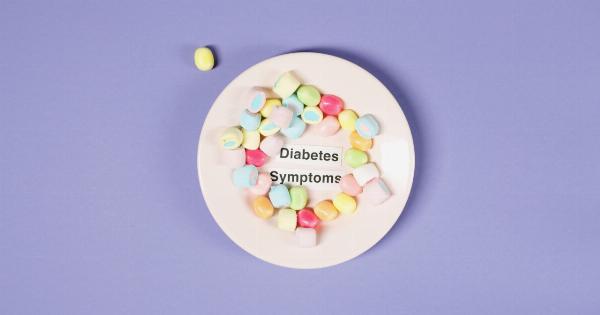Jaundice is a common condition that affects many newborn babies. It is characterized by the yellowing of the skin and eyes caused by an excess of bilirubin in the blood. Bilirubin is a yellow pigment that is created when red blood cells break down.
Causes of Jaundice in Babies
There are several reasons why a baby may develop jaundice:.
- Increased production of bilirubin
- Reduced liver function in processing bilirubin
- Inefficient elimination of bilirubin
- Blood group incompatibility between the mother and baby
- Infection or other medical conditions
Types of Jaundice
There are three main types of jaundice that can affect newborns:.
- Physiological Jaundice
- Breast Milk Jaundice
- Pathological Jaundice
This is the most common type of jaundice in babies and typically occurs within the first week of life. It is a normal response to the increased breakdown of red blood cells in newborns.
This type of jaundice may occur when a baby is exclusively breastfed. It is caused by substances in breast milk that can interfere with the liver’s ability to process bilirubin.
This type of jaundice is less common but potentially more serious. It may occur within the first 24 hours of life or persist for longer periods. It can be caused by underlying medical conditions or blood group incompatibilities.
Signs and Symptoms of Jaundice
The most obvious sign of jaundice is the yellowing of the skin and eyes. However, other symptoms may also be present:.
- Yellowing of the palms and soles of the feet
- Dark urine
- Pale-colored stools
- Irritability
- Poor feeding or difficulty breastfeeding
- Lethargy
Diagnosing Jaundice
Jaundice may be diagnosed through a physical examination and blood tests to measure the levels of bilirubin in the baby’s bloodstream. Additional tests may be conducted to determine the underlying cause of the jaundice.
Treatment for Jaundice
The treatment for jaundice depends on the underlying cause and severity of the condition. In most cases, jaundice will resolve on its own without any treatment.
However, if the bilirubin levels are extremely high or the baby shows signs of severe jaundice, treatment may be necessary. This can include:.
- Phototherapy
- Exchange Transfusion
- Addressing the underlying cause
Exposing the baby’s skin to special lights to help break down the bilirubin.
In rare cases of severe jaundice, a blood transfusion may be required to replace the baby’s blood with fresh blood.
If jaundice is caused by an underlying medical condition, appropriate treatment will be given.
Monitoring Jaundice Levels
It is important to regularly monitor a baby with jaundice to ensure that the bilirubin levels are decreasing. This can be done through blood tests or by using non-invasive bilirubin meters that measure the levels of bilirubin in the skin.
Preventing Jaundice
While it may not always be possible to prevent jaundice, there are certain measures that can be taken to reduce the risk:.
- Early breastfeeding
- Monitor breastfeeding
- Manage blood group incompatibility
- Follow medical advice
Feeding the baby as soon as possible after birth can help prevent jaundice caused by dehydration or poor feeding.
If exclusively breastfeeding, closely monitor the baby’s weight gain and feeding habits to ensure adequate milk intake.
If the mother and baby have different blood types, appropriate steps can be taken to prevent potential complications.
Always follow the guidance of medical professionals and attend scheduled check-ups.
When to Seek Medical Advice
While most cases of jaundice in newborns are harmless and resolve on their own, it is important to seek medical advice if:.






























